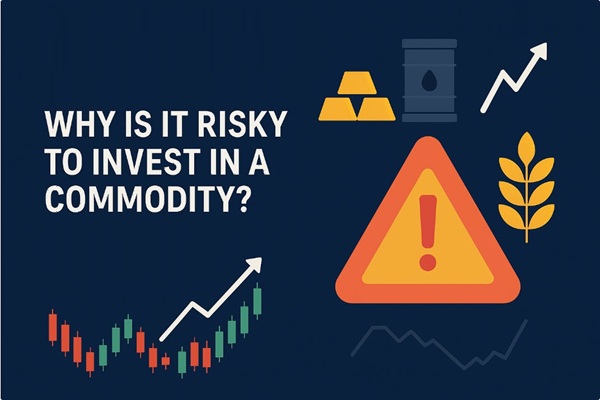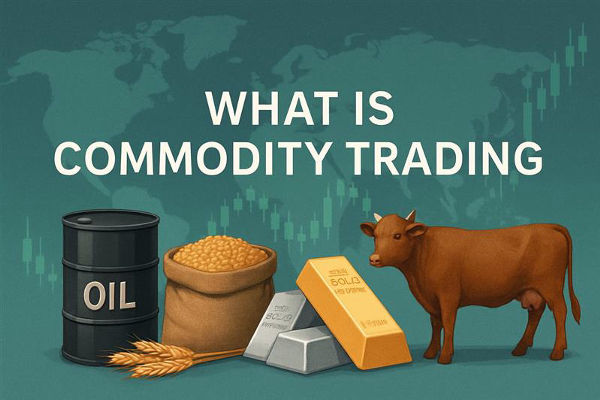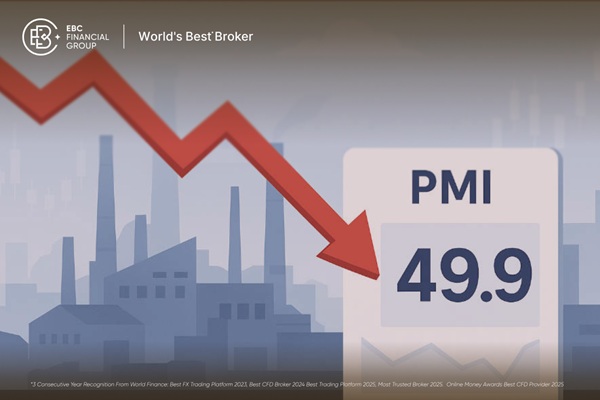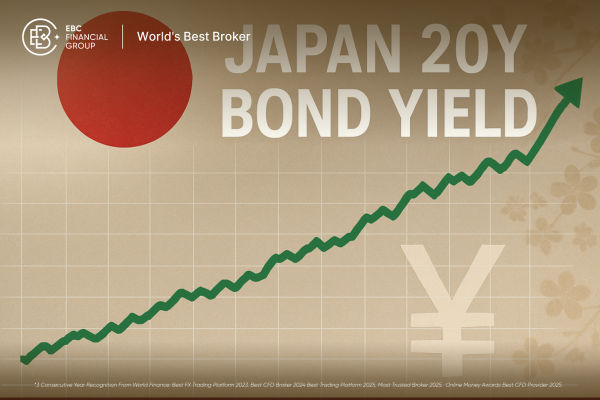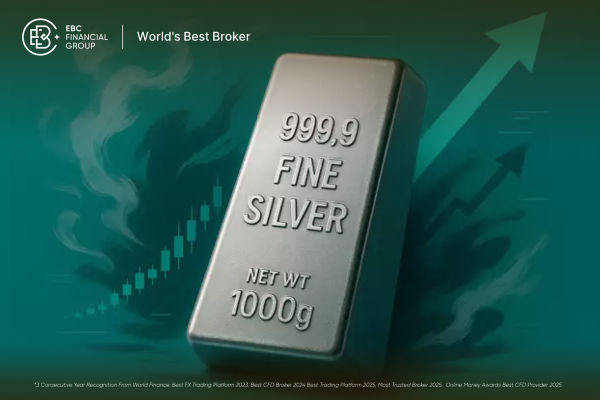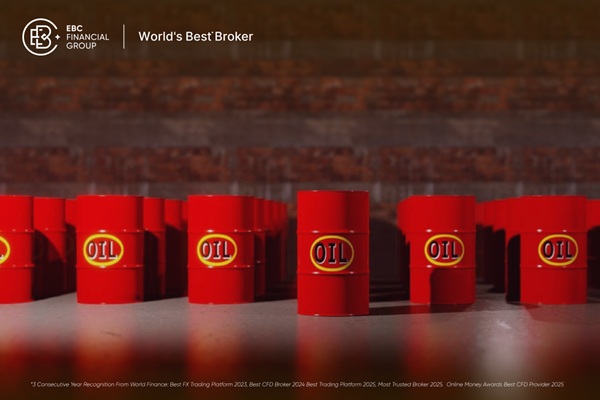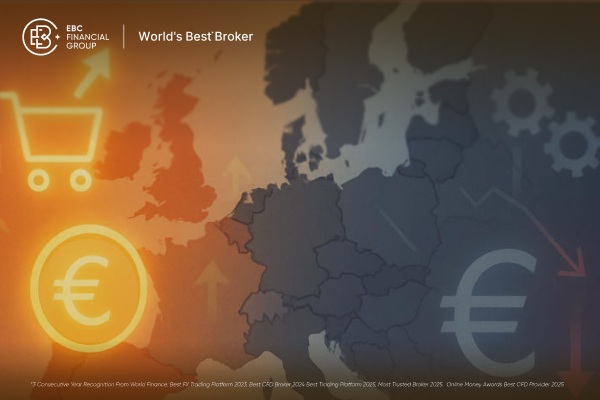Crude oil remains one of the most liquid and volatile commodities in the world, attracting a wide range of traders who seek to profit from short- to medium-term price fluctuations. From geopolitical events to inventory data, and from technical setups to economic sentiment, the question on every trader's mind is: crude oil—buy or sell?
To answer this, traders must take a structured approach grounded in both macro fundamentals and technical precision. This article breaks down the key considerations for determining whether to buy or sell crude oil in today's market environment.
Current Market Overview
 Understanding whether to buy or sell crude oil begins with a review of the current state of the market. As of mid-2025. oil prices are influenced by a volatile mix of supply constraints and demand concerns.
Understanding whether to buy or sell crude oil begins with a review of the current state of the market. As of mid-2025. oil prices are influenced by a volatile mix of supply constraints and demand concerns.
OPEC+ continues to play a decisive role in global output levels. Recent production quotas and unexpected voluntary cuts from key members like saudi arabia and Russia have caused sharp intraday movements. Meanwhile, U.S. shale output, while robust, is now growing at a slower pace, restrained by capital discipline and regulatory shifts.
On the geopolitical front, tensions in the Strait of Hormuz and fluctuations in Russian exports have added a risk premium to Brent crude. In contrast, WTI has traded slightly lower due to more stable North American logistics and higher domestic stockpiles.
Understanding the real-time supply and inventory data—such as the U.S. EIA weekly reports and OPEC bulletins—is essential for spotting fundamental shifts that could inform a buy or sell decision.
Demand Trends & Economic Outlook
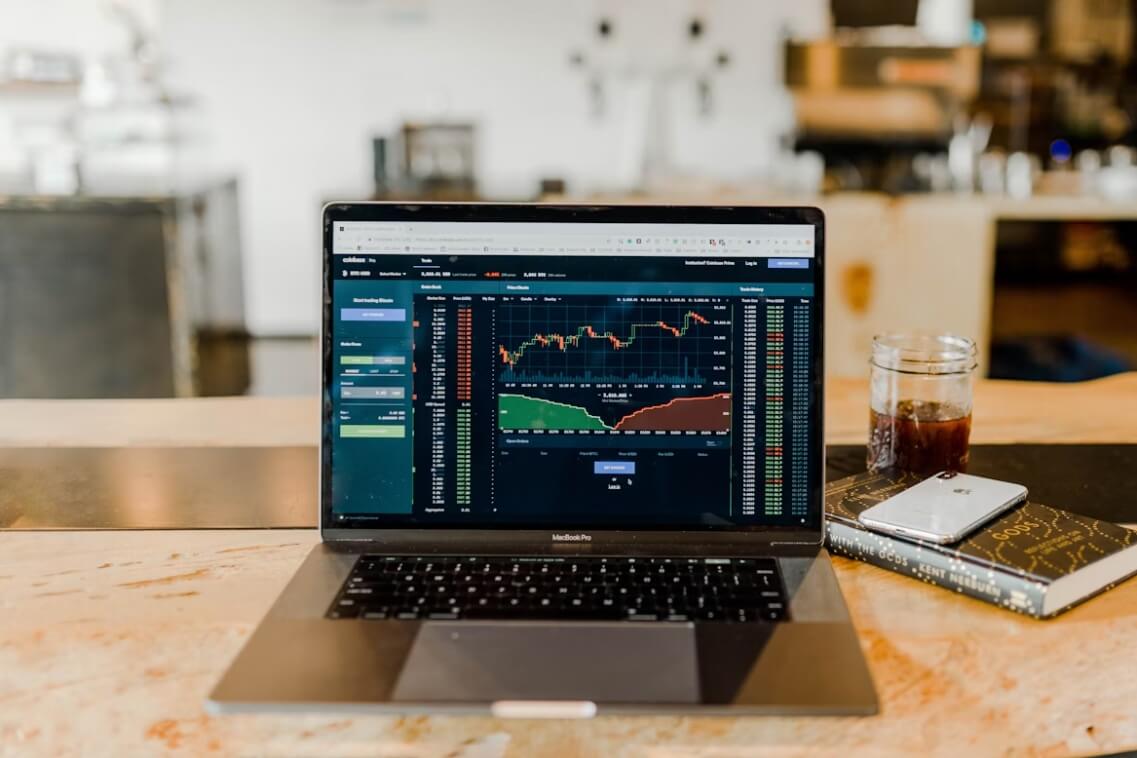 Demand-side dynamics are equally crucial when evaluating crude oil—buy or sell. The International Energy Agency (IEA) recently revised its global oil demand forecast for 2025 downward, citing slowing industrial output in Europe and muted consumption growth in China.
Demand-side dynamics are equally crucial when evaluating crude oil—buy or sell. The International Energy Agency (IEA) recently revised its global oil demand forecast for 2025 downward, citing slowing industrial output in Europe and muted consumption growth in China.
However, there are also positive indicators. U.S. travel demand remains high during seasonal peaks, while India's refining sector is ramping up to meet domestic and export-oriented demand. Furthermore, monetary policy from major central banks, particularly the Fed and ECB, is showing signs of easing. Any shift toward lower interest rates tends to bolster commodities like oil due to inflationary expectations and increased economic activity.
As a trader, interpreting this mixed macro picture requires careful weighting. A trader might lean towards buying crude oil in anticipation of dovish central bank moves or a surprise demand recovery, while leaning towards selling on signs of economic contraction or rising inventory.
Technical Buy/Sell Signals
Traders rely on technical indicators to refine their crude oil buy or sell decisions. Chart analysis provides specific price zones and patterns that highlight favourable entry and exit points.
Key indicators to monitor include:
Relative Strength Index (RSI): An RSI above 70 may suggest overbought conditions, prompting a sell setup. Conversely, below 30 often signals a potential buy.
Moving Averages: A bullish crossover (e.g. 50-day moving average crossing above the 200-day) can support a buy thesis. A bearish crossover suggests the opposite.
MACD Histogram: Traders look for momentum shifts that can precede breakouts or trend reversals.
Support and Resistance Levels: Watching historical reaction zones (e.g. $70 or $85 per barrel) helps in timing a reversal or breakout move.
Intraday traders may also use shorter timeframes (5-min, 15-min) to identify scalping opportunities, while swing traders prefer 4-hour or daily charts to spot broader trend setups.
Strategic Trade Setups
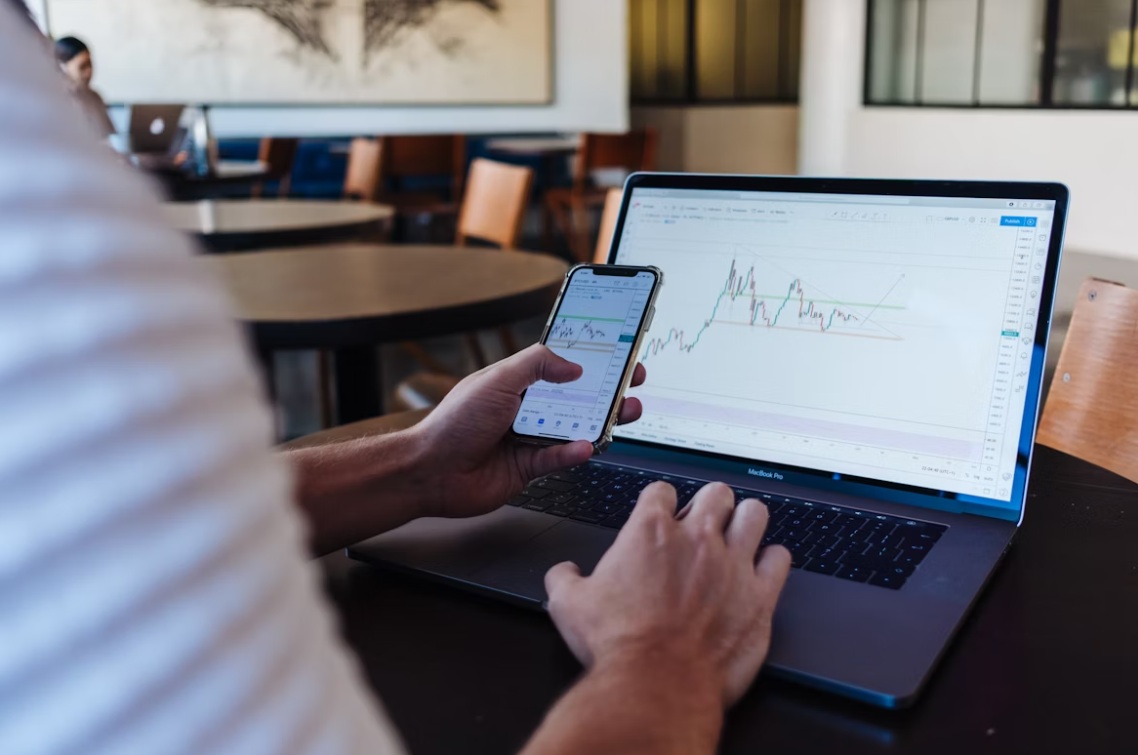 A trader evaluating crude oil—buy or sell—must tailor strategies to current market behaviour. For instance:
A trader evaluating crude oil—buy or sell—must tailor strategies to current market behaviour. For instance:
Breakout Trades: Useful when crude oil consolidates below a key resistance level, such as $80. A strong volume surge breaking above might warrant a buy.
Range-Bound Trading: In quiet markets, traders can exploit repeated bounces between support and resistance, buying near the floor and selling at the ceiling.
Pullback Entries: After a clear trend breakout, a return to the broken resistance (now support) can offer a safe buy opportunity, especially when paired with bullish candlestick patterns.
Execution timing is equally critical. Trading during high-volume sessions, such as the overlapping hours of the London and New York markets, offers better liquidity and tighter spreads.
Risk Management & Execution Timing
Crude oil trading demands precision in risk control. With daily ranges often exceeding $2 per barrel, even small positions can carry significant exposure.
Traders should consider:
Stop-Loss Placement: Typically set just beyond the last swing high/low or technical invalidation level.
Position Sizing: Calculated according to account equity, margin requirements, and acceptable risk per trade—often no more than 1–2%.
Leverage Awareness: Overleveraging remains the biggest risk in crude oil trading, especially during periods of unexpected volatility.
Event Timing: Align trades around key catalysts such as EIA data releases (Wednesdays), OPEC meetings, or Fed announcements.
Importantly, traders should avoid holding positions through major geopolitical news without hedging or appropriate stop protection.
Conclusion
The question of crude oil buy or sell cannot be answered with a simple yes or no—it demands a multi-layered analysis of global supply dynamics, economic data, technical signals, and sound risk management. For traders, success lies in staying informed, staying nimble, and executing with discipline.
Whether you're scalping WTI futures or swing trading Brent CFDs, always ensure your crude oil buy or sell decision is rooted in a clear thesis supported by both fundamentals and technicals. In the fast-moving world of energy markets, precision is not just preferred—it's essential.
Disclaimer: This material is for general information purposes only and is not intended as (and should not be considered to be) financial, investment or other advice on which reliance should be placed. No opinion given in the material constitutes a recommendation by EBC or the author that any particular investment, security, transaction or investment strategy is suitable for any specific person.





 Understanding whether to buy or sell crude oil begins with a review of the current state of the market. As of mid-2025. oil prices are influenced by a volatile mix of supply constraints and demand concerns.
Understanding whether to buy or sell crude oil begins with a review of the current state of the market. As of mid-2025. oil prices are influenced by a volatile mix of supply constraints and demand concerns. Demand-side dynamics are equally crucial when evaluating crude oil—buy or sell. The International Energy Agency (IEA) recently revised its global oil demand forecast for 2025 downward, citing slowing industrial output in Europe and muted consumption growth in China.
Demand-side dynamics are equally crucial when evaluating crude oil—buy or sell. The International Energy Agency (IEA) recently revised its global oil demand forecast for 2025 downward, citing slowing industrial output in Europe and muted consumption growth in China. A trader evaluating crude oil—buy or sell—must tailor strategies to current market behaviour. For instance:
A trader evaluating crude oil—buy or sell—must tailor strategies to current market behaviour. For instance:




